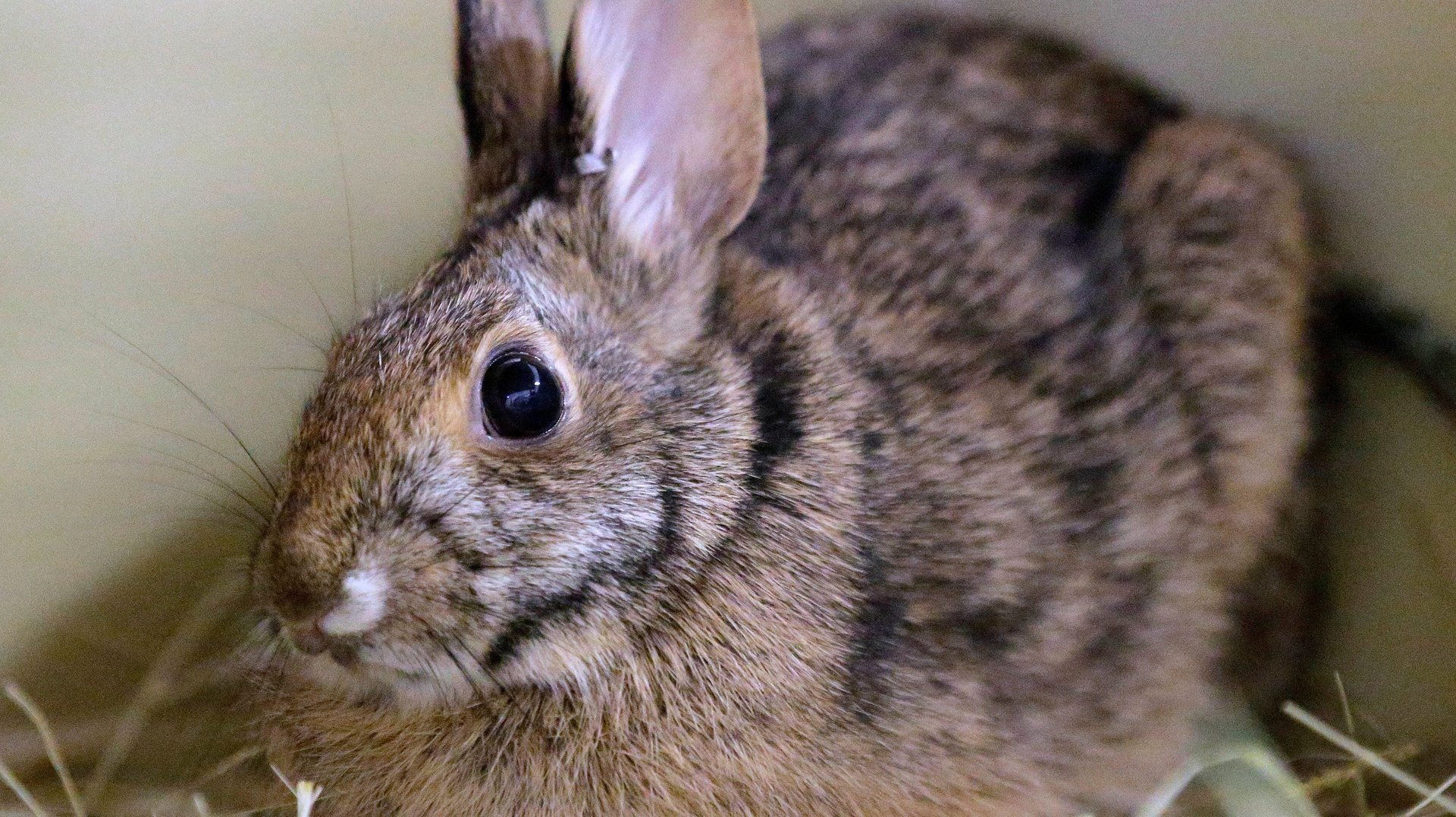Round boys were the best animal internet trend of 2018
Animals have always been beloved by the internet. First there were cats, last year there were dogs (or “doggos,” which gained official-word status thanks to the Merriam-Webster dictionary ), and in 2018 there were round boys.


Animals have always been beloved by the internet. First there were cats, last year there were dogs (or “doggos,” which gained official-word status thanks to the Merriam-Webster dictionary ), and in 2018 there were round boys.
“They are defined not by their species, nor by some abstract spiritual quality, but by that ineffable mystery that determines roundness,” Clayton Purdom, a journalist with the AV Club, noted of round boys back in January of this year. “Like the true nature of pi, it remains at once enigmatic and immediately, visually determinable.”
The trend of round animals on the internet originated from the Twitter account @round_boys, which was created in 2011 but saw a massive spike in followers late last year and early this year. Noah Periord, a student at Florida Gulf Coast University in Fort Myers, made the account for fun when he noticed that round animals he posted on a separate animal account got the most attention.
“People have this obsession with fatter animals,” Periord tells Quartz. “I’ve always loved animals that look like that.”
Clearly, he’s not alone. @round_boys has over 190,000 followers, and in May of this year, Noah created an Instagram account that now has over 56,000 followers. There are now several imitation accounts, as well as groups on Facebook where users post pictures of round animals, similar to the group Dogspotting.
There may actually be a psychological reason we find these creatures pleasing. One brain imaging study from 2007 suggested that images of sharp angles elicit stronger responses from the amygdala (paywall), the part of the brain associated with fear and arousal, than curved objects do. Google data designer Manuel Lima believes the reason for this comes from our days as cave people. “[Circles are] softer, they provide some safety, as opposed to angular shapes–the teeth of an animal, the hard shape of a rock. Those are signifiers of danger,” he told Fast Company. Although one psychology study from 2016 disputes that theory (pdf), it did find that in general people find round objects to be more pleasant. People also tend to say that rooms with curvature (paywall) are more beautiful than those that are more angular.
Indeed, “Round shapes have been part of an emerging body of research that shows we have a preference for curves and round shapes over angles,” says Ingrid Fetell Lee, a designer and author of the book Joyful: The surprising power of ordinary things to create extraordinary happiness.
Round animals are not lovable just for their shape, however. There’s also a component of cuteness at play, and “roundness is one of the telltale signs of cuteness,” Lee says. We’re evolutionarily hardwired to care for adorable, chubby babies, and may feel those same nurturing feelings toward certain animals.
Doting on round, cute creatures can be one way we experience joy, Lee says, because they give us feedback through touch and responsiveness that tells us we’re doing something good. She thinks that when we see some of these pictures of round boys, we’re feeling a kind of proxy joy through our screens. It’s less powerful than what we may feel if we met them in real life, but it’s still a positive experience. Plus, some of the animals in these posts—like chinchillas and pufferfish—are rarely encountered in everyday life. The internet may be the only place a person will ever see them.
Long live these round animals.